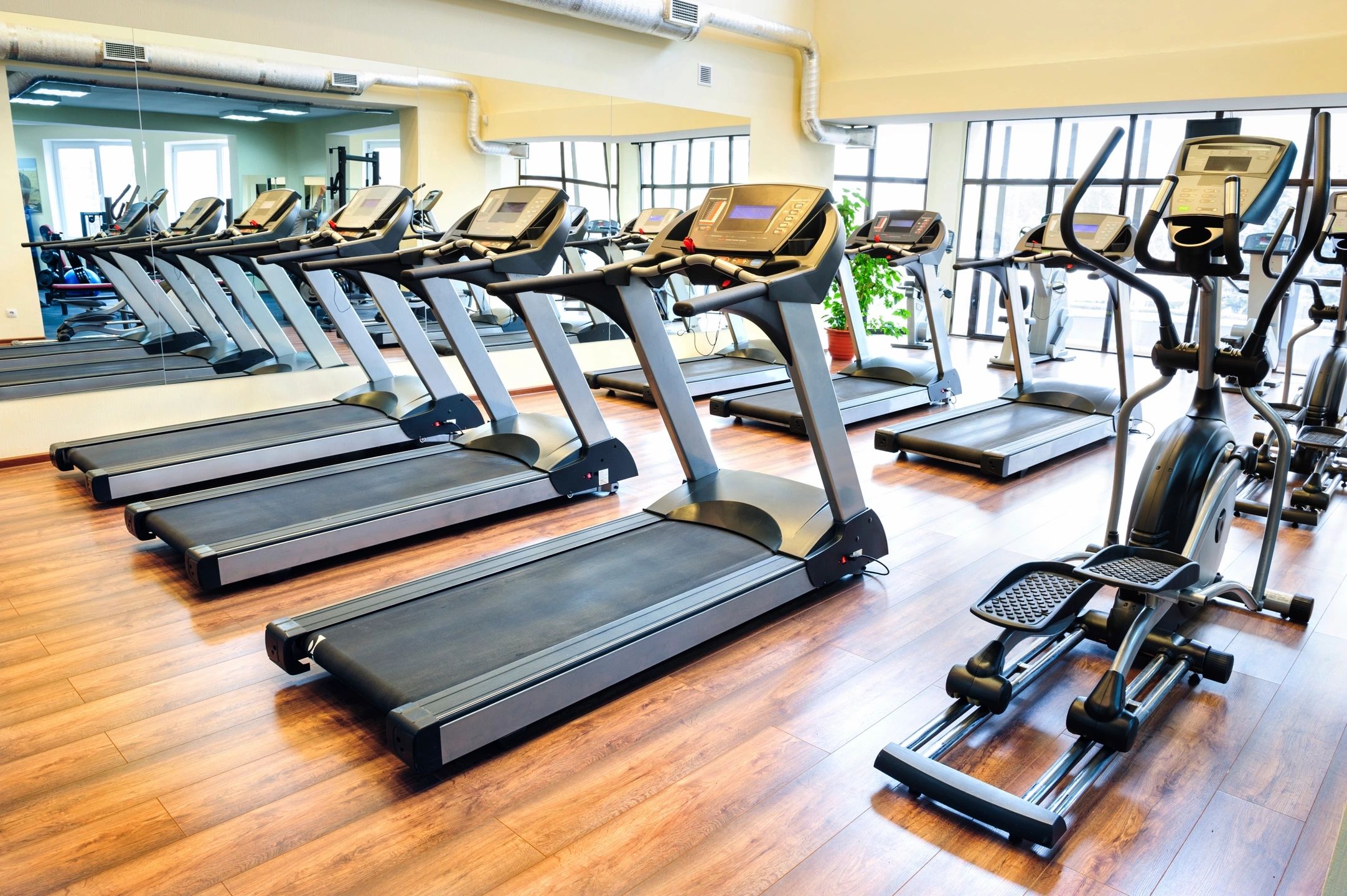When it comes to fat loss, one of the most debated topics in fitness circles is whether High-Intensity Interval Training (HIIT) or Steady-State Cardio is the most effective approach. Both forms of exercise have their merits, and understanding how they impact the body’s ability to burn fat is essential for choosing the best workout strategy. Whether you’re aiming to shed excess weight, boost endurance, or improve overall cardiovascular health, each method offers a unique set of benefits. But how do they compare when it comes to fat loss?
What is HIIT (High-Intensity Interval Training)?
High-Intensity Interval Training, or HIIT, is a form of cardiovascular exercise that alternates between short bursts of intense activity and periods of rest or low-intensity activity. These intervals are typically brief but highly demanding, pushing the body to work at maximum capacity. For example, a common HIIT workout might involve 30 seconds of sprinting followed by 1 minute of walking, repeated several times. This method is designed to increase both aerobic and anaerobic endurance, while also creating a significant afterburn effect, where the body continues to burn calories even after the workout is over.
HIIT is often praised for its ability to maximize calorie expenditure in a shorter amount of time, making it a popular choice for individuals with busy schedules. Moreover, studies show that HIIT can enhance metabolic rate, which means your body burns more calories throughout the day, even at rest.
What is Steady-State Cardio?
Steady-state cardio, on the other hand, is a more traditional form of aerobic exercise, where you maintain a consistent, moderate level of intensity for a prolonged period. Think of activities like jogging, cycling, or swimming at a steady pace for 30 to 60 minutes. The focus here is on maintaining a steady heart rate within a specific zone, usually around 60-75% of your maximum heart rate.
Unlike HIIT, which involves fluctuating intensity, steady-state cardio is less intense but typically performed for longer durations. It’s an excellent way to build endurance and improve cardiovascular health. While it might not trigger the same immediate calorie burn as HIIT, steady-state cardio can still be highly effective for fat loss, especially when incorporated into a consistent exercise routine.
Benefits of HIIT for Fat Loss
HIIT’s primary appeal for fat loss lies in its efficiency. Research has shown that HIIT can burn a significant amount of calories in a short time, thanks to the high intensity of the workouts. The key benefit here is its impact on post-exercise oxygen consumption (EPOC), also known as the “afterburn effect.” After a HIIT session, your body continues to burn calories at an elevated rate for hours, sometimes even up to 24 hours. This phenomenon helps accelerate fat loss, as your body uses stored fat as fuel to return to its resting state.
Moreover, HIIT has been shown to improve both fat oxidation and insulin sensitivity, two factors that play a crucial role in long-term fat loss. The intensity of the intervals also triggers the release of growth hormones, which contribute to muscle preservation, a vital component for sustained weight loss.
Benefits of Steady-State Cardio for Fat Loss
While HIIT offers intense, calorie-burning benefits, steady-state cardio has its own advantages. One of the most significant is its accessibility. Steady-state cardio is generally easier to perform, making it suitable for beginners or individuals with certain physical limitations. It’s also less taxing on the body, allowing for longer exercise sessions without overtraining.
In terms of fat loss, steady-state cardio is effective in its own right. By maintaining a moderate intensity for extended periods, you can tap into your body’s fat stores for energy. Unlike HIIT, which primarily uses carbohydrates during high-intensity intervals, steady-state cardio encourages fat oxidation as the primary energy source, particularly after the first 20 minutes of exercise. This makes it an excellent option for individuals looking to target fat stores directly.
Additionally, steady-state cardio has been linked to improvements in cardiovascular health, including better circulation, reduced blood pressure, and increased lung capacity, which can complement fat-loss efforts by enhancing overall fitness.
Comparing the Effectiveness of HIIT vs. Steady-State Cardio for Fat Loss
When comparing HIIT to steady-state cardio, the key differences lie in the intensity and duration of the exercise. HIIT is more time-efficient, often requiring just 20 to 30 minutes per session to achieve similar, if not superior, fat-burning results compared to longer steady-state cardio sessions. The high-intensity intervals stimulate muscle growth, increase metabolic rate, and continue to burn fat after the workout, which is why it’s often touted as a superior fat-burning workout.
However, steady-state cardio has its advantages for fat loss as well, especially for those who prefer a less intense, more sustainable approach. It’s easier to do consistently, and longer sessions help to increase the overall energy expenditure, leading to gradual fat loss over time. Additionally, steady-state cardio can be an excellent complement to HIIT, providing a well-rounded fitness routine that targets both endurance and fat loss.
Choosing the Right Cardio Approach Based on Your Goals
The right choice between HIIT and steady-state cardio ultimately depends on your fitness goals. If you’re looking for rapid fat loss and have limited time for exercise, HIIT may be the better option due to its calorie-burning efficiency. However, if you prefer longer, lower-intensity sessions and enjoy a more moderate pace, steady-state cardio can be just as effective, especially if performed consistently over time.
For those who are looking for a balanced approach, combining both HIIT and steady-state cardio into a well-rounded workout routine can provide the benefits of each. Alternating between high-intensity intervals and longer, steady-paced sessions can keep your workouts fresh and prevent plateauing.
Summary
Both HIIT and steady-state cardio are effective for fat loss, but they work in different ways. HIIT offers time-efficient, high-intensity intervals that maximize calorie burn and promote muscle preservation, making it ideal for individuals looking for quick fat loss results. On the other hand, steady-state cardio provides a lower-intensity option that’s easier to sustain over time, promoting fat oxidation and cardiovascular health. Ultimately, the best approach depends on your personal preferences, fitness level, and specific fat-loss goals. Regardless of which method you choose, consistency and a balanced approach are key to achieving long-term success.
Please like, comment, and share this article if you found it helpful and
informative.
Visit https://bigtownbulletin.com if you would like to see more of this content.
Please like, comment, and share this article if you found it helpful and
informative.
For more news check out Big Town Bulletin News
For more from Big Town Bulletin check out Big Town Bulletin


